Building Tanakh Skills One Step at a Time With Manipulative Materials

Gershom Tave received his MA in Jewish Education from Touro University. Rabbi Tave has presented hundreds of workshops and webinars on how to best produce real Torah learning and currently serves as the Director of Judaic Studies at Yeshivat Netivot Montessori (NJ), working to develop and refine authentic Jewish Montessori learning systems.
For this reason, in our classrooms, the expectation is not for children to memorize translations of text “chorally,” but rather to develop individually the skills to translate for themselves. Using key elements of the Montessori method, our students build a series of skills that allow them to tackle pesukim independently so that, over time, they are able to open any sefer from the beit midrash and make sense of what they are reading. We offer them the keys to unlock text for themselves so that they become lifelong learners of Torah.
One fundamental concept of Montessori is that of “encoding before decoding,” or in more vernacular terms, writing before reading. In our early childhood level, children use small wooden characters to build simple words in order to experience how a word comes together from letters and vowels. Only once they have done the work of building words (encoding) are they expected to look at fully formed words and attempt to take them apart (decoding).
When it comes to deciphering text, we start in elementary school by introducing students to all of the parts of speech. One by one, each part of speech is introduced and represented by a three-dimensional shape, a “grammar symbol” that students can hold in their hands and use to represent different types of words. Montessori uses the same system to learn the parts of speech in any language, so there is a transfer of knowledge from English to Hebrew.
 Initially, we introduce the noun, the oldest type of word used by people (there could be no motion nor description before something existed). The noun is represented by a pyramid, one of the earliest structures made by humans that we can still see today. The pyramid is colored black like carbon, one of the oldest substances found inside the earth. The verb, on the other hand, is represented by a red sphere. The sphere rolls; it has movement, action. It is colored red to symbolize the energy of the sun, and action requires energy. All of the other parts of speech, including pronouns, conjunctions, adjectives, etc. have their own grammar symbols as well. Students begin by experiencing parts of speech through these three-dimensional grammar symbols. Over time, these are translated into two-dimensional shapes. For example, on paper, the black pyramid becomes a black triangle. The red sphere becomes a red circle. Students learn to “symbolize” sentences by coloring the correct part of speech over every word.
Initially, we introduce the noun, the oldest type of word used by people (there could be no motion nor description before something existed). The noun is represented by a pyramid, one of the earliest structures made by humans that we can still see today. The pyramid is colored black like carbon, one of the oldest substances found inside the earth. The verb, on the other hand, is represented by a red sphere. The sphere rolls; it has movement, action. It is colored red to symbolize the energy of the sun, and action requires energy. All of the other parts of speech, including pronouns, conjunctions, adjectives, etc. have their own grammar symbols as well. Students begin by experiencing parts of speech through these three-dimensional grammar symbols. Over time, these are translated into two-dimensional shapes. For example, on paper, the black pyramid becomes a black triangle. The red sphere becomes a red circle. Students learn to “symbolize” sentences by coloring the correct part of speech over every word.
Students begin to learn Tanakh by connecting words to these Montessori grammar symbols. In 1st grade, they focus on recognizing common nouns. This is taught through a hands-on experience using a miniature environment that represents scenes from Humash. For example, students might explore the story of Eliezer, the servant (עֶבֶד), meeting Rebecca, the woman (אִשָּׁה), by the well (בְּאֵר). Using small labeled cards, they identify and label objects within the scene.
 Next, they learn the meanings of all the prefixes they will encounter in Humash. Among the techniques used in Montessori classrooms, one cornerstone is card layouts. From a very early age, cards are manipulated by students with particular goals in mind. Card sets may be designed to match words to pictures, to classify items into categories by column, or to sequence parts of a storyline.
Next, they learn the meanings of all the prefixes they will encounter in Humash. Among the techniques used in Montessori classrooms, one cornerstone is card layouts. From a very early age, cards are manipulated by students with particular goals in mind. Card sets may be designed to match words to pictures, to classify items into categories by column, or to sequence parts of a storyline.
Once children have become confident identifying and symbolizing nouns, they are ready to move on to the prefixes and suffixes that accompany them in the text. First, a card layout is used to introduce each of the prefixes and their definitions, a few at a time. Once they have demonstrated mastery of the prefixes, the process of “encoding before decoding” begins again.

Students are taught to build combinations of nouns and prefixes on small, laminated cards. For example, a card with הַ placed before a card with the word סֵפֶר becomes הַסֵּפֶר, the book. כְּשֶׁ + הַ + סֵפֶר means “when the book.” Students are asked to make many word combinations, translate them, and craft sentences incorporating those word combinations before we consider them ready to approach a prefix-noun combination in the text.


Once a student is able to build and explain combinations of prefixes and nouns, they are able to move on to suffixes. They are taught to identify all of the suffixes that attach to the words שֶׁל and אֶת. Then they are shown a sequence of three cards making up a phrase such as הַסֵּפֶר שֶׁלִּי. Each part of speech is color-coded, so that the הַ (article) is light blue, the סֵּפֶר (noun) is black, the שֶׁלִּ (preposition) is green, and the י (possessive pronoun) is purple. It is explained that in Tanakh, many words are abbreviated combinations of core words, prefixes, and suffixes. During this lesson, we hide the הַ and שֶׁל behind the noun at the center of the combination, and the students literally watch הַסֵּפֶר שֶׁלִּי become סִפְרִי. Once again, the students are asked to create many, many combinations in which the הַ and שֶׁל are “hiding,” leaving only the noun and the possessive suffix. Once they have used their hands to manipulate cards into many examples of such composite words, and incorporated them into sentences, they are able to identify and decode them when they see them in the text of Humash. A similar process allows students to build verb phrases by combining verb roots with personal pronoun prefixes and suffixes.

When students arrive in Upper Elementary (4th-6th grade), we increase the emphasis on reading and decoding the text. To focus students’ attention on a more attainable quantity of text, we provide a weekly Parasha Reader which covers the main ideas of each parasha within select verses. From this text, we have selected words that occur frequently in Tanakh for our vocabulary program, “Otzar Milim.” In this program, students complete a card layout of that week’s new vocabulary each day of the week. This layout includes five types of cards to be matched: the keyword written in block print, the keyword written in Rashi print, the English translation of the keyword, a related form of the keyword as it is actually used in the pesukim, and the translation of that actual form.

For each day of the week, students have a specific task to perform involving the vocabulary words. On the first day of the week, students transcribe the words onto flashcards. For each word, they select a flashcard template that bears the grammar symbol for the part of speech of that word. These flashcards are to be reviewed throughout the week. On the second day, they calculate the gematrias (numerical values) of the words. On another day, they identify phrases from the text that incorporate each vocabulary word. Finally, they compose their own new words by combining the vocabulary keywords with prefixes and suffixes, as they first learned to do in Lower Elementary.

Additionally, each week students are presented with another collection of cards with words from the weekly parasha which include subjective and objective prefixes and suffixes. Students sort and hang these word cards onto a specially designed board with sections for the different types of conjugations and inflections: verbs in the future tense, verbs in the past tense, and words with possessive or objective suffixes. We call this “Otzar Dikduk.”
Verbs are sorted by person, number, tense, and gender. For example, תִּשְׁמְרוּ would be placed on the 2nd person, masculine, plural in the future tense. A word like בְּמָמוֹנִי would be placed on the me/my object hooks and a word like נְתַתִּיךָ would have two copies, one for the 1st person past tense and one for the you/your object considering the fact that the word contains two pronouns. For this material, we have two sets of cards, one that is color-coded to show the parts of speech (בְּּ is a preposition, מָמוֹן is a noun, and י is a pronoun), and one set which is black and white for students who are prepared for a higher level of challenge. Students read and translate these words as well as recording them in their notebooks, symbolizing the words to identify their parts of speech and recording the referent (the noun to which the pronoun refers in the pasuk).
 Finally, in addition to these exercises based on the weekly parasha, students apply the same skills to their in-depth study of Humash. Every Humash lesson is followed by a review exercise in which, in addition to questions about the content, students are asked to identify prefixes and suffixes and the referents of pronouns and to completely translate many composite words from the verses learned in class.
Finally, in addition to these exercises based on the weekly parasha, students apply the same skills to their in-depth study of Humash. Every Humash lesson is followed by a review exercise in which, in addition to questions about the content, students are asked to identify prefixes and suffixes and the referents of pronouns and to completely translate many composite words from the verses learned in class.
A student who practices encoding and decoding every day using manipulative materials that grow with them as their skills increase becomes very comfortable interacting with text. As with any educational approach, we see some students take to these methods quickly, master skills easily, and move ahead at a rapid pace, while others are more deliberate, require more repetition, and take longer to achieve mastery. Ultimately, with these techniques, however, all students do engage with the skills of text study in a low-pressure framework that allows them to set an appropriate pace for themselves and build confidence as they go. All of the interactions a student has with these text study skills are individualized, and the key is for each child to measure growth against his or her own previous accomplishments. In this way, we can achieve outcomes that maintain engagement, promote independence, and ensure that children retain their sense of success, growth, and connectedness to Limudei Kodesh.

Gershom Tave received his MA in Jewish Education from Touro University. Rabbi Tave has presented hundreds of workshops and webinars on how to best produce real Torah learning and currently serves as the Director of Judaic Studies at Yeshivat Netivot Montessori (NJ), working to develop and refine authentic Jewish Montessori learning systems.

From The Editor: Winter 2025
It is one of the oldest literary collections ever written and still very much in circulation. Public readings (and celebrations) of its text are practiced in nearly every synagogue in the world in a regular, fixed cycle. It has been analyzed and studied by religious luminaries, academic scholars, and lay people, and has been studied and taught more times than we can count, with hundreds if not thousands of published commentaries. It plays a central role in all of our lives. One would think that by now we would have a pretty clear idea of what content from Tanakh should be taught and how it should be approached pedagogically at various age levels. And yet, a mountain of anecdotal evidence reveals that there is a huge range in what is taught, why it is taught, and how it is taught.

Tanakh Hats for Meaning Making: A Multi-Perspective Approach to Biblical Text Study
In our ongoing quest to enhance Tanakh education, we’ve developed a fresh approach that energizes both teachers and students while promoting diverse interpretations, critical thinking, and collaborative learning. Inspired by Edward de Bono’s Six Thinking Hats, this method encourages learners to view Tanakh texts from multiple perspectives, offering deeper understanding and fostering connections between foundational Jewish texts and modern life. The Tanakh Meaning Making Hats (TMM Hats) approach equips students with various interpretive tools to explore familiar perspectives and discover new ones, building understanding through both familiar and novel frameworks. This method, grounded in constructivist learning theory, enables students to construct knowledge actively, allowing them to examine texts from varied angles.
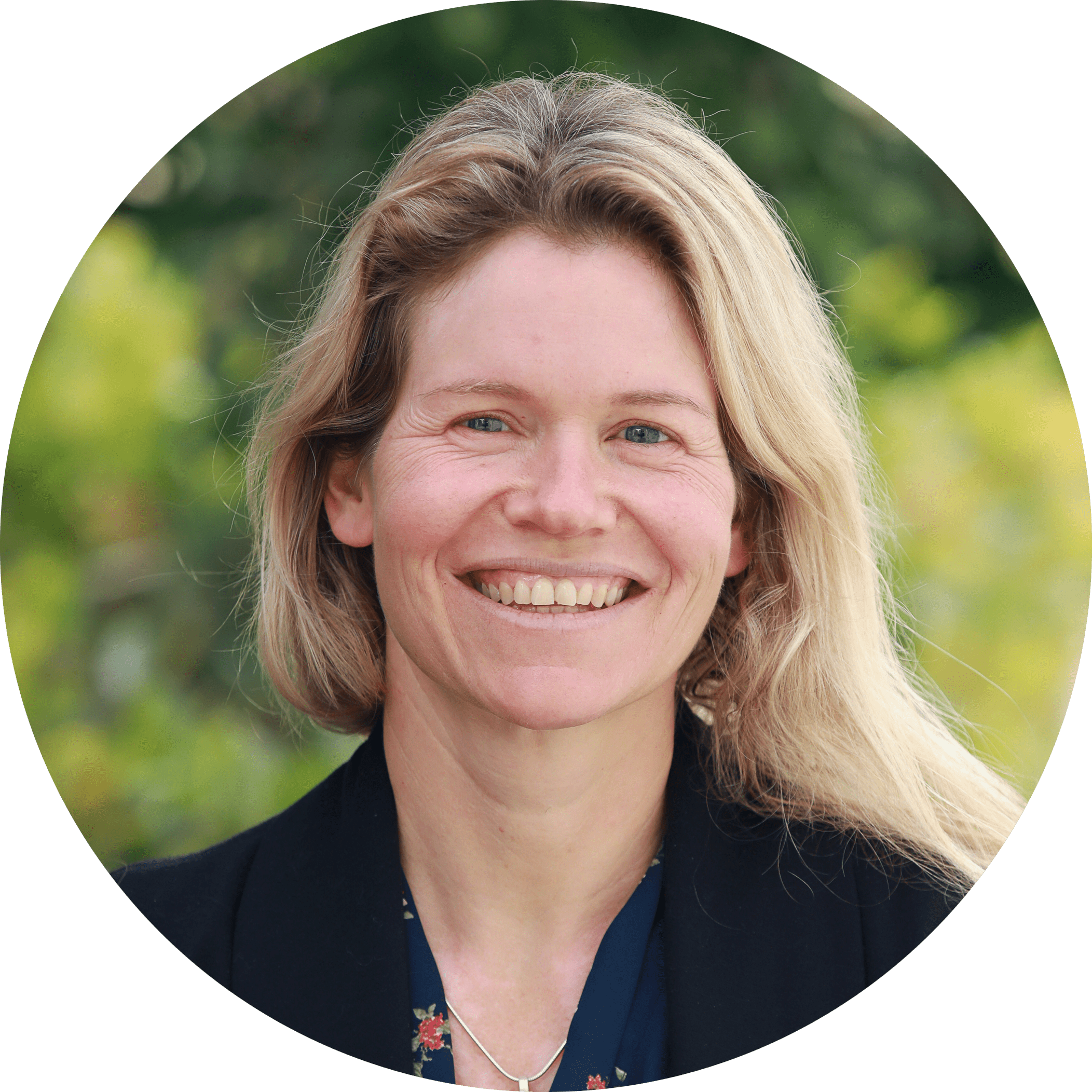
From Consumption to Production: Equipping Students to Create Torah
In the realm of Tanakh education, there is a tendency to focus on the consumption of Torah knowledge, where students engage in the study, understanding, and analysis of sacred texts. While amassing a critical base of knowledge is undeniably essential, I believe that shifting from students-as-consumers to students-as-producers—in which students not only absorb the teachings but also create and contribute their own interpretations and insights that can be shared publicly—is equally essential. How can we teach students to produce a deep analysis of Torah and not just consume others’ commentary? How do we encourage students to think for themselves while teaching other valuable lessons in the process?

Innovating Teaching Tanakh
What I observed one day in my visit to an English Language Arts (ELA) classroom last year opened my mind to completely new ways of teaching Tanakh, leading to greater student engagement.I work at a pluralistic elementary school that emphasizes growth mindset and continued development for each educator. One specific policy that helps educators learn from each other is the requirement to visit at least two other classrooms every semester. This routine fosters a genuine culture of professional growth, where teachers share ideas, observe varied teaching methods, and offer constructive feedback. I’ve always found these observations beneficial, but one visit left a lasting impact on my approach to teaching Tanakh. Stepping into Mrs. Michelle Petrova’s 6th grade ELA classroom, I was greeted with an incredibly vibrant atmosphere.

Teaching the Halakhic Sections of the Torah
Much of the discussions we find about teaching Humash focus on the narrative portions—Genesis, the story of the Exodus, the wanderings in the wilderness. To a large extent that makes sense, as they provide students with their origin stories—so critical for building the foundations of identity—and are inherently interesting, as stories tend to be. That being said, there is another half of the Torah, whose nature is primarily legal. While some skip it intentionally or somehow “don’t get around to it,” for others it is no less important to teach, even though the content often doesn’t lend itself easily to grab and hold the students’ attention. As with any teaching, we must first identify what we want to achieve before we can think about how we want to do it.
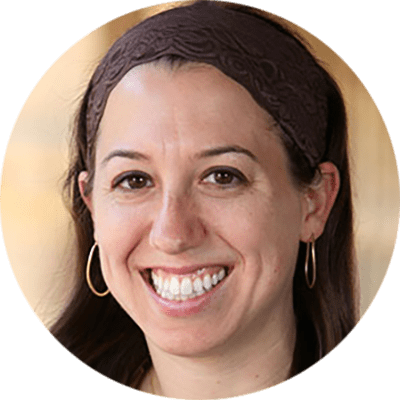
Teaching Tanakh: A New Perspective on Pedagogy
As many teachers of Tanakh know, the Tanakh classroom serves as a crucible for interpreting sacred texts, particularly in theologically and denominationally diverse day schools, camps, and beit midrash settings. The question I wish to explore here is: how do Jewish educators navigate the complex landscape of multiple orientations towards Tanakh that they might find in the seats of their classroom and make sure to empower all their students as interpreters? Central to my own Tanakh teaching, at almost every grade level, in almost every type of day school context, is the realization that my students don’t read Tanakh according to the same orientations or literacy practices, but it would be helpful if they did—at least for the duration of my class.
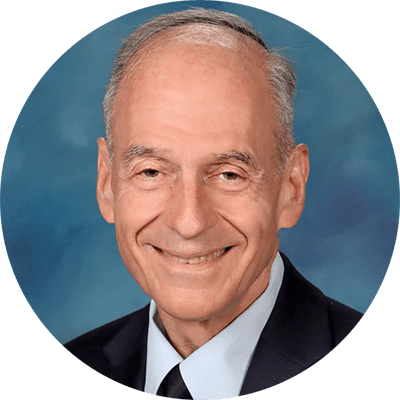
Tanakh Study and Reader Response
“My students insist on translating every pasuk (verse) into English and then using their translation to answer the questions. How can I get them to work from the makor (original text)?”“When I give in to their learned helplessness and teach them an interpretation, they can’t identify the problem in the pasuk that the interpretation comes to solve, and then they get stuck on the one understanding I presented and won’t consider an alternative. How can I help them think for themselves?” “I want my students to identify with the avot (patriarchs) and imahot (matriarchs) and learn from their example. But they somehow can’t relate to them as role models. What am I doing wrong?”Sound familiar? For years these complaints were a constant refrain from my Tanakh-teaching colleagues.
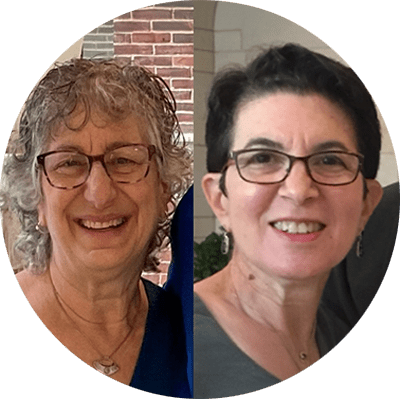
Vision, Lenses, and Focus: Bringing Clarity to Tanakh Curriculum with Standards
Any Tanakh text, whether narrative or legal, contains an abundance of ideas, elements, and complexities, and has the potential to raise countless questions. How does a school community decide which of them to pursue?Nechama Leibowitz, quoted by Shmuel Peerless in To Study and to Teach: The Methodology of Nechama Leibowitz, wrote that educators have……to decide what to leave out and what topics should not be touched, because it is pointless to tackle a number of different topics and problems superficially or incidentally in a chapter. It is preferable to concentrate on just a few topics, but in depth (p. 15). Standards serve as powerful tools for deliberating about a vision for Tanakh education and for shaping Tanakh curriculum once the school’s vision is clear.

Teaching Tanakh to Weaker Students
In my roles as a Tanakh teacher and an instructional coach, my goal is to inspire Tanakh students to become engaged, proud, and even passionate Jews, fluent in Jewish literacy and deeply committed to the future of Jewish education and community. This goal is daunting under the best of circumstances; when teaching Tanakh to weaker students, it becomes more so. In this article I will outline some of the most ubiquitous challenges that arise from teaching Tanakh to weaker students and offer suggestions for navigating them based on my own experience as well as conversations with other educators and research from the field. I believe that navigating these challenges requires both modifications in practice and shifts in mindset, and I will outline each of them.
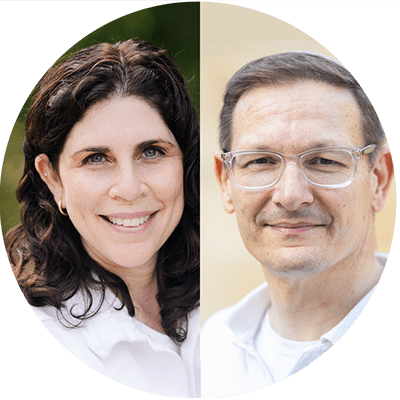
Student-Centered Learning in the Tanakh Classroom
For the past decade, educators have been using the term student-centered learning (SCL) but still finding it tricky and challenging to apply to the Tanakh classroom for a variety of reasons. One is the amount of time teachers must dedicate not only to teaching content but also to developing textual reading skills. Another is that teachers might feel reluctant to engage in a pedagogy they feel allows for too much free thinking and not enough respect for the mesorah, classical commentators, and tradition in general. Here we offer tips and strategies for how to introduce SCL into the Tanakh classroom in large and small ways. Differentiation and Social-Emotional Learning Are you differentiating in your classroom? Great! That’s one time-tested way to employ SCL in the Tanakh classroom.
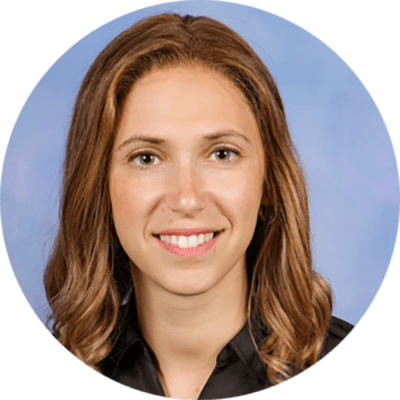
Outside the Box: A Values-Based Approach to Parashat Hashavua
Tanakh in dialogueWhat position does the Tanakh occupy in the life of an early teen? For many, the Tanakh resides in the mental box into which school is commonly placed—a box of academic pursuits, Hebrew language and grammar, Jewish history and Biblical knowledge. There is nothing innately wrong with this, to the contrary, Tanakh study certainly can and does involve these important elements. But a missed opportunity arises when compartmentalisation precludes Tanakh from forming dialogue with the other “boxes” that rise to prominence in the early teen years.Early teenagehood is often marked by questioning and exploration as students begin a journey of seeking to understand that which may have previously gone unquestioned.
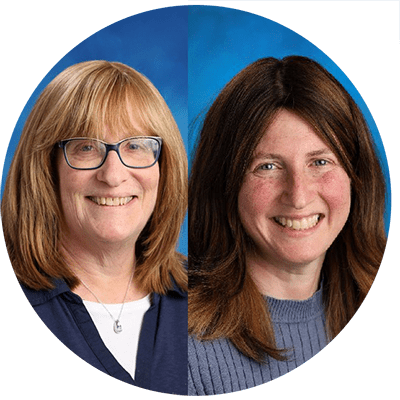
Bringing Nechama Leibowitz Into the Classroom
The written legacy of Nechama Leibowitz, in her gilyonot and books, has served and continues to serve as the basis for Torah study for many serious students of parashat hashavua, Tanakh, and parshanut. Her teaching methodology, as experienced by one of the authors of this article in 1988-89, in her weekly classes in her apartment in Jerusalem and in her weekly shiur at the Gruss Kollel, served as a model for how to teach Torah. Certain elements have been adapted, but we have found that her principle of encouraging independent thinking and individualized feedback gives students in middle school a personal connection with the text and empowers them to continue in their Torah study with positivity and self- assurance.
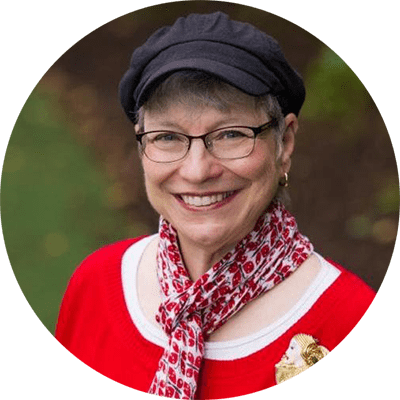
Opening the Middle School Window to Midrash
A number of years ago, when I was teaching the sections in Genesis about Abraham and Sarah to a girls’ middle school class, one of my students raised her hand and said, “I don’t like how much is missing in the Torah.” I asked her what she meant and she replied, thinking like a typical middle schooler, “Like, what did Abraham and Sarah talk about at night when they were just sitting around their tent?” After responding facetiously that Sarah probably asked Abraham what he thought about her new burka, I took the moment to answer the class seriously. This was a wonderful opportunity to deeply introduce my students to midrash as one way to fill in the “blanks” in the Torah text, to delve into the “spaces” in the text, and to teach us moral messages with which to inform our own lives.
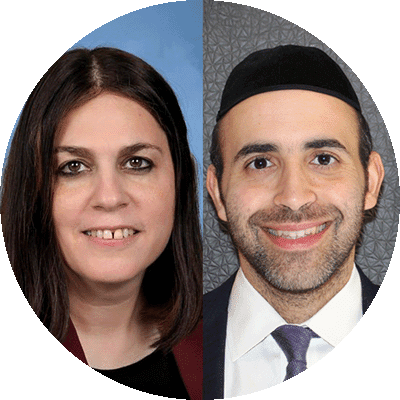
The Barkai Method for Teaching Humash
In the introduction to his book Who Knows Twelve, Rabbi Berel Wein explores a troubling phenomenon: the growing disconnect between the Jewish people and their sacred texts. Whatever the causes for its decline may have been, many Jewish day schools today are attempting to reinvigorate the study of Tanakh, recognizing its fundamental role in Jewish identity and education. Maimonides codified the necessity of studying Tanakh in Hilkhot Talmud Torah (1:7), asserting that it is a crucial component of Jewish life. Today, there is a growing recognition of the need to revive these ancient texts, which hold profound significance for Zionism, community, ethics, spirituality, identity, and much more. One noteworthy example of this revival is the Barkai educational system, developed in Israel by Rav Dan Be’eri more than 40 years ago.
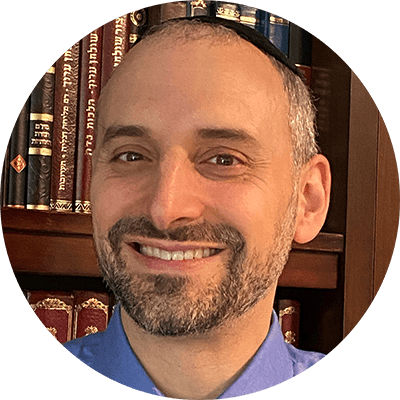
Introducing Sod Into the Tanakh Classroom
In my years of teaching Neviim and Ketuvim, one of my overarching goals was for students to gain an appreciation of why specific commentaries approached the same text differently. I spent significant time on both peshat and derash approaches, highlighting the strengths and weaknesses of each interpretation’s handling of textual issues. One experiment with introducing sod resonated deeply with some of the students and complemented the other work we were doing. I share that experiment here. Sod (literally, secret) is a mode of hermeneutical interpretation that sees the characters and storyline as being symbolic of fundamental themes. Although definitions of sod usually include mysticism, the relation to Kabbalah is only that sod reflects an interpretation that directly addresses giving insight into our relationship with God.

Heroes Within Reach
We read the Bible with the understanding that many of the characters described are our heroes, our Jewish archetypes. We pore over every action, every word, for insight into their thought and character, insight that can inform the same in us. These are not dry annals of the lives of figures from the distant past; these people are as alive today as we are—alive within us, within our synagogues and culture, because we study them so intensively and know them so intimately. Each of us knows the stories so well, that we know what happens between and behind the words.What is a Hero?But what does it mean to consider them heroes? In what sense does, or doesn’t, the Bible portray them as such? And more importantly, how does the Bible express what a hero is, and what makes someone heroic?
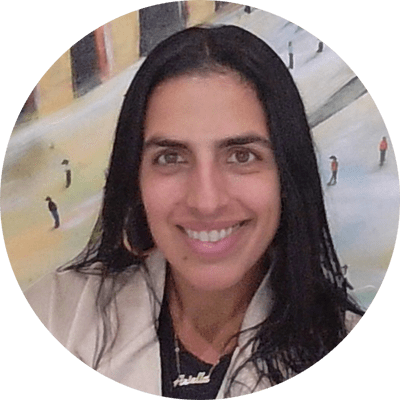
Tanakh as a Tool for Building Identity
Jewish tradition holds Torah teachers in high esteem, viewing them as more than just conveyors of knowledge. They are seen as spiritual and moral guides, shaping the character and identity of their students. In The Lonely Man of Faith, Rabbi Soloveitchik emphasizes that the role of the Torah teacher goes beyond intellectual instruction; they facilitate a divine encounter, guiding students toward a deeper connection with God. The Talmud (Bava Metzia 33a) elevates the honor due to a Torah teacher above even that of one’s parents, as the teacher introduces the student to the “world to come” through their instruction—a profound form of giving life. These texts paint a picture of the Torah teacher as a builder of Jewish identity, imparting values that help shape a student’s character and moral foundation.
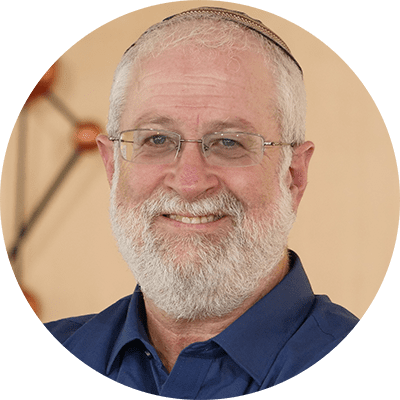
Tanakh as Our Story
Tanakh is the story of the Jewish people. This basic component of our identity and our tradition has tremendous spiritual and educational power which, unfortunately, is often untapped. In the following essay, we aim to show how this idea of Tanakh as the grand narrative of the Jewish people can be developed into a powerful educational opportunity. In tapping into Tanakh’s central narrative feature, we are not merely making Tanakh more interesting for our students. Since the times of Moses, the Jewish people has known that a good story does more than just pique an audience’s interest. In the words of Rabbi Sacks, “The Israelites had not yet left Egypt, and yet already Moses was telling them how to tell the story. That is the extraordinary fact. Why so? Why this obsession with storytelling?
Reach 10,000 Jewish educational professionals. Advertise in the upcoming issue of Jewish Educational Leadership.




